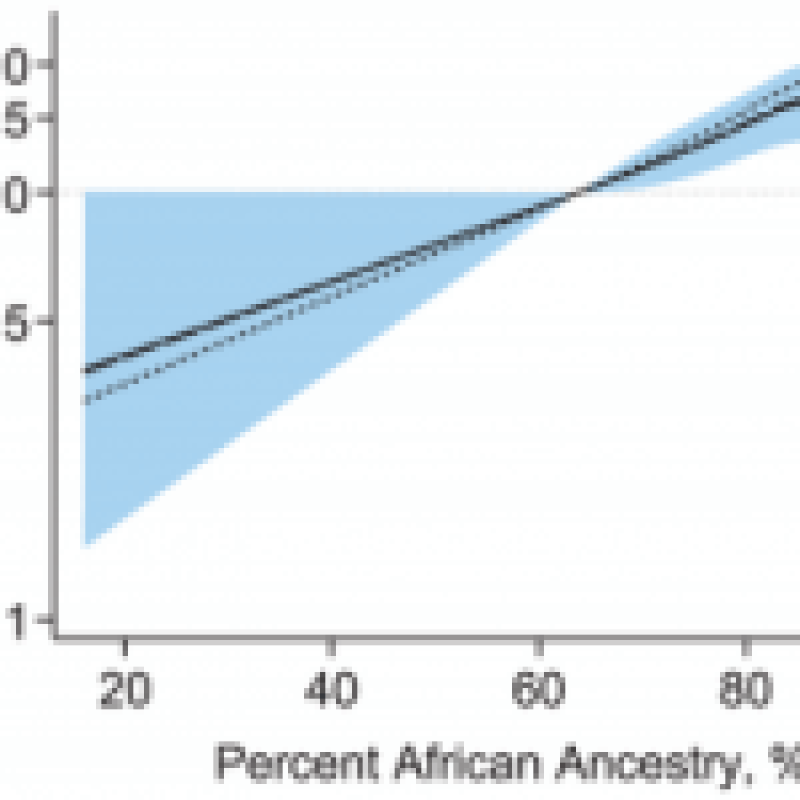The following is an excerpt of a longer story.
My own inclination has been to not get bogged down in the latest race and IQ controversy because I don’t have that much time, and the core readership here is probably not going to get any new information from me, since this is not an area of hot novel research. But that doesn’t mean the rest of the world isn’t talking, and I think perhaps it might be useful for people if I stepped a bit into this discussion between Andrew Sullivan and Ta-Nehisi Coates specifically. My primary concern is that here we have two literary intellectuals arguing about a complex topic which spans the humanities and the sciences. Ta-Nehisi, as one who studies history, feels confident that he can dismiss the utility of racial population structure categorization because as he says, “no coherent, fixed definition of race actually exists.” I am actually more of a history guy than a math guy, not because I love history more than math, but because I am not very good at math. And I’ve even read books such as The Rise and Fall of the Caucasian Race and The History of White People (as well as biographies of older racial theorists, such as Madison Grant). So I am not entirely ignorant of Ta-Nehisi’s bailiwick, but, I think it would be prudent for the hoarders of old texts to become a touch more familiar within the crisp formalities of the natural sciences.
View the full story here: Why race as a biological construct matters































